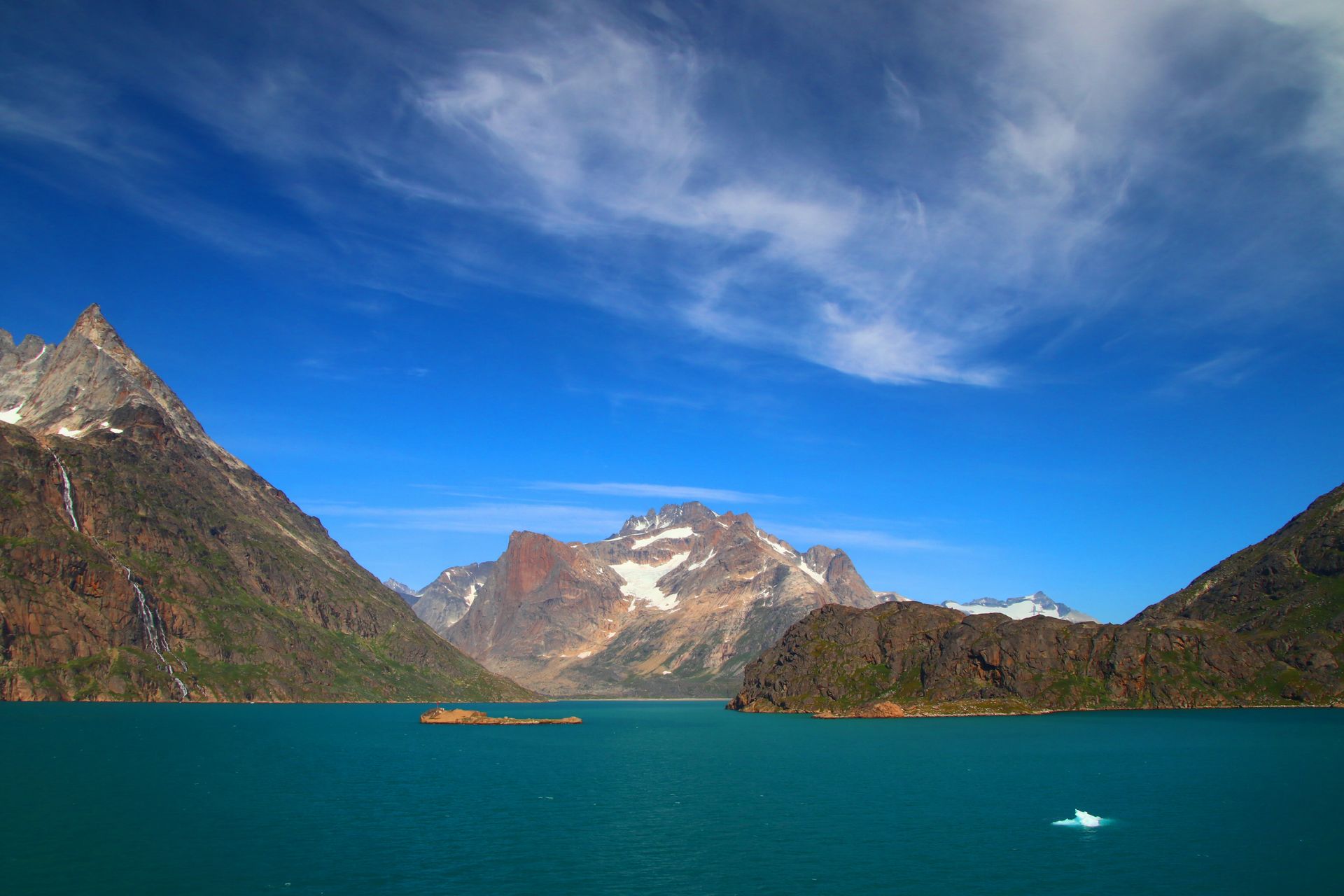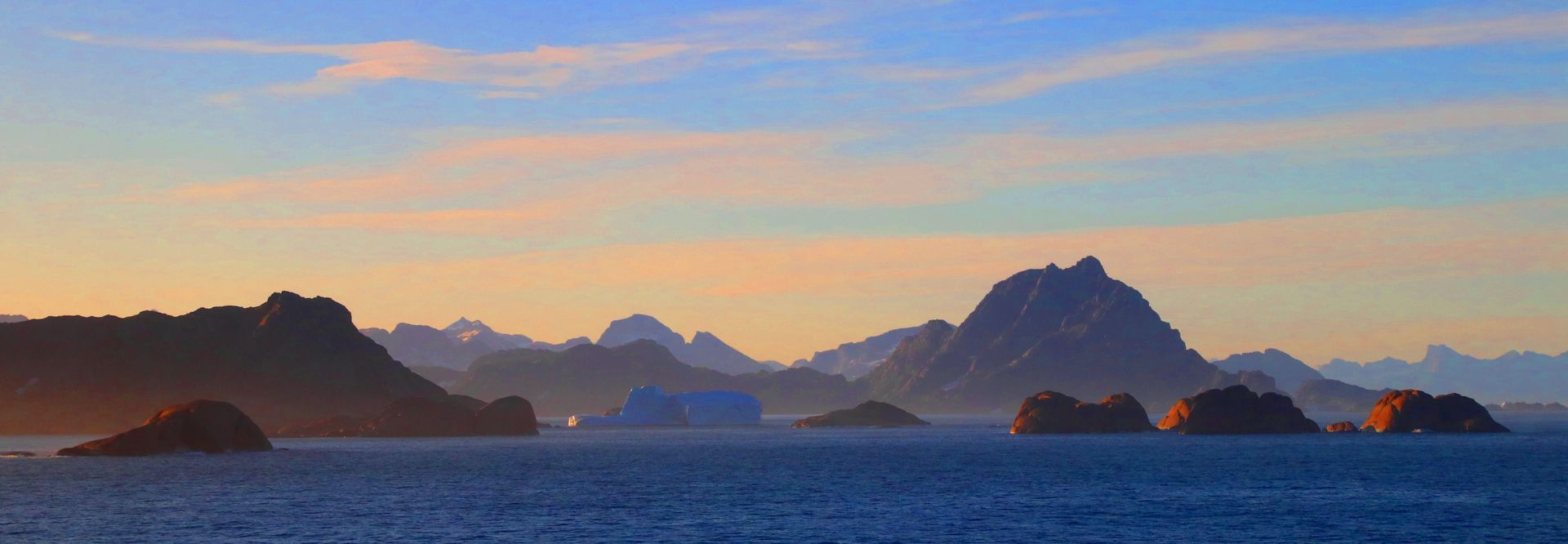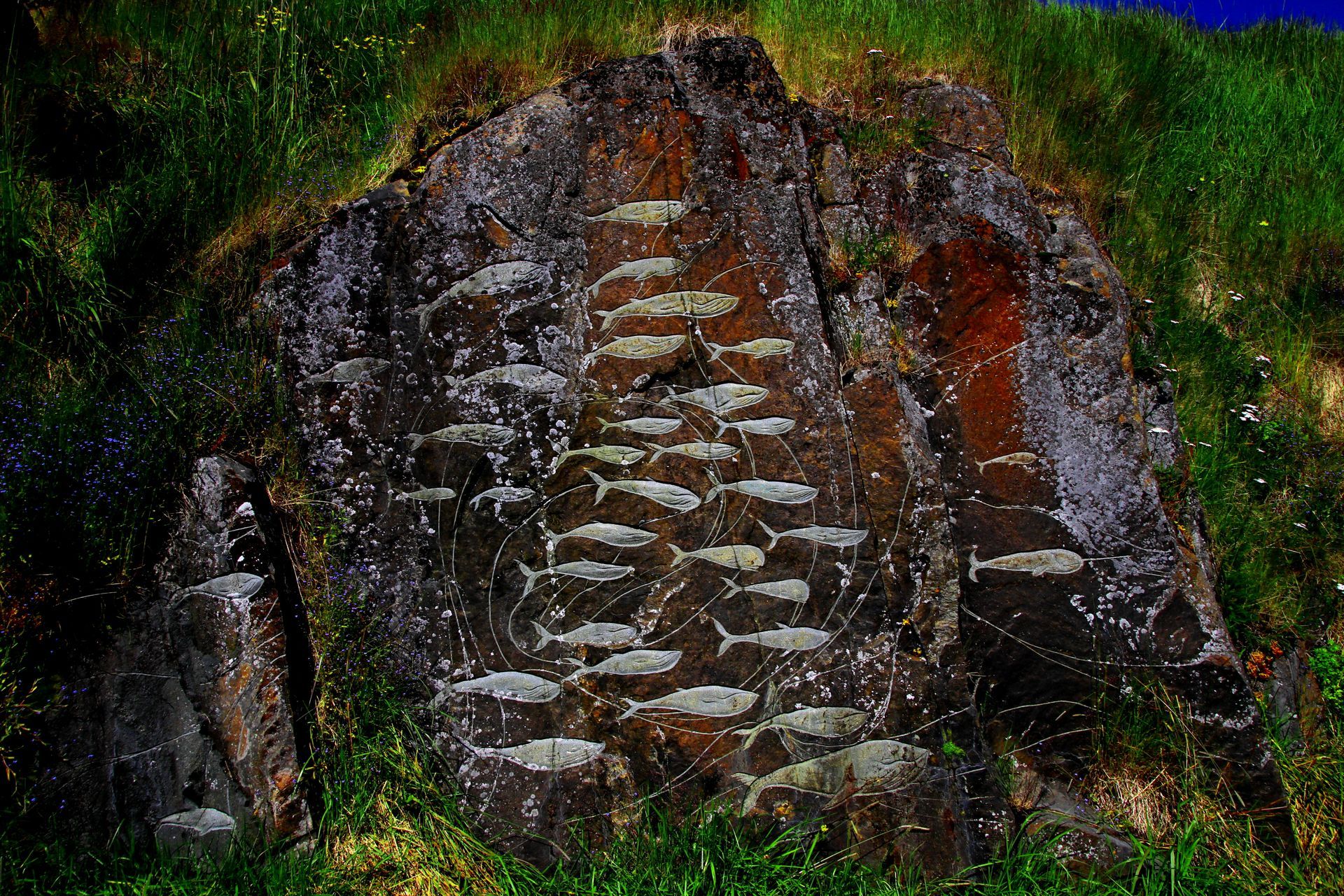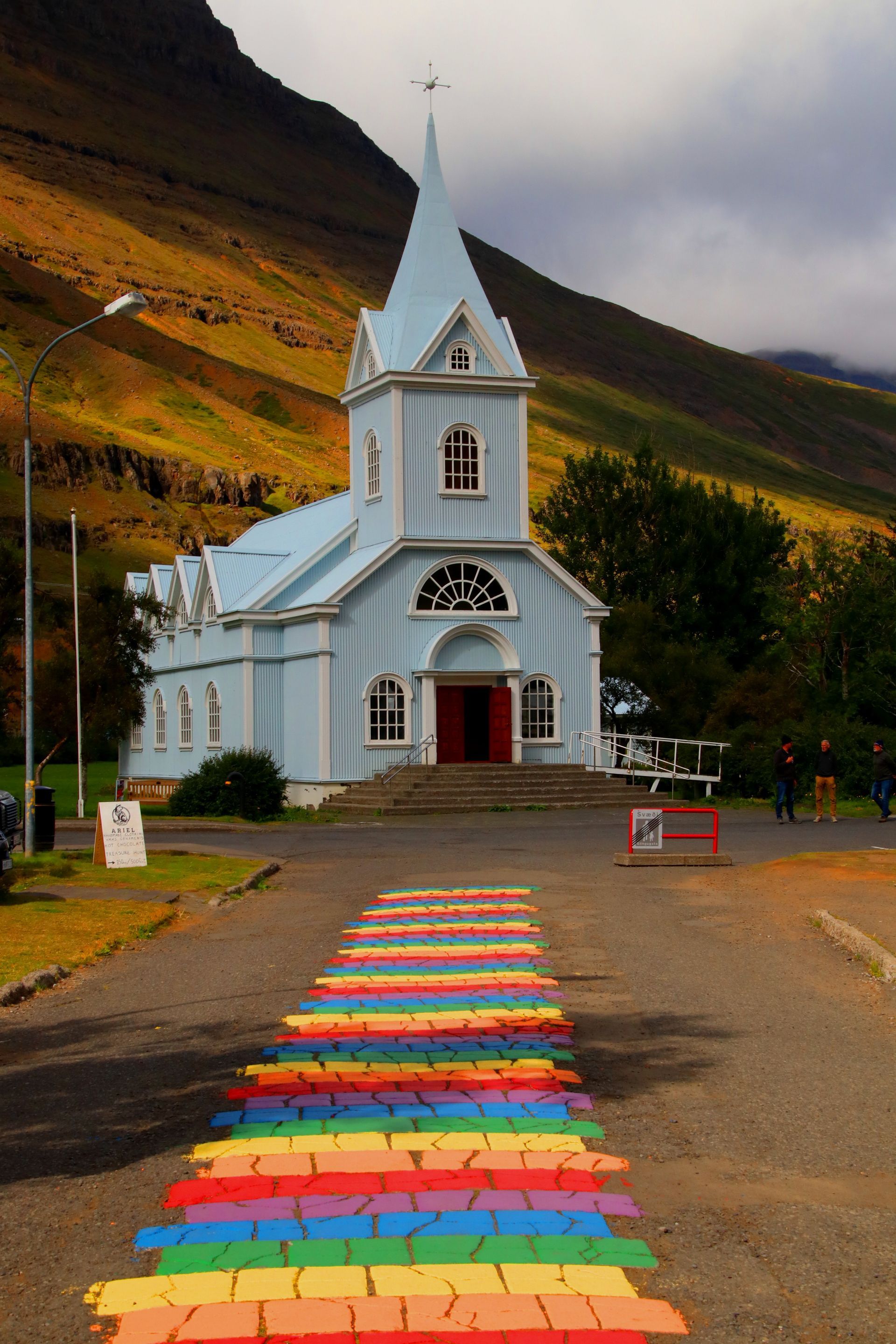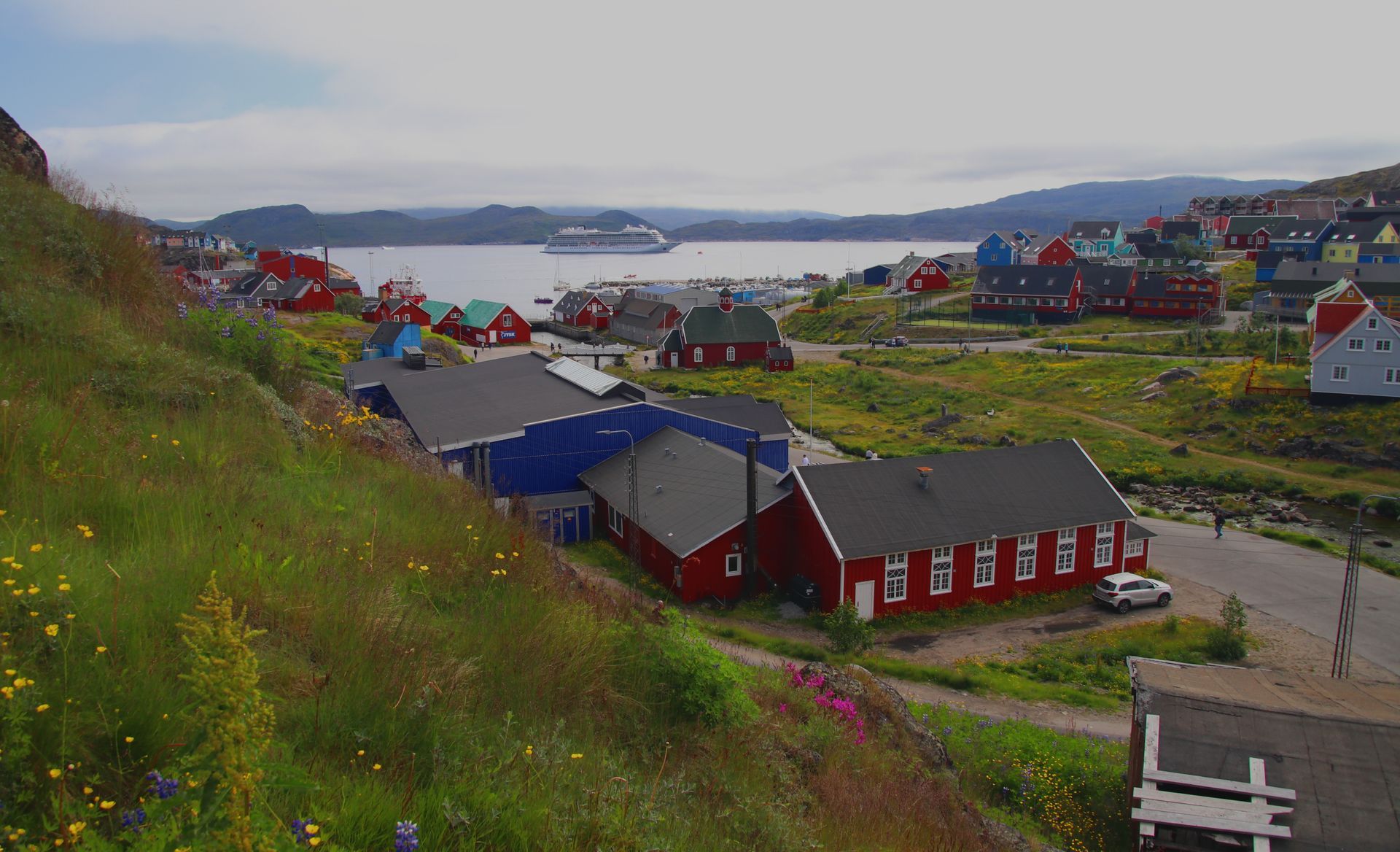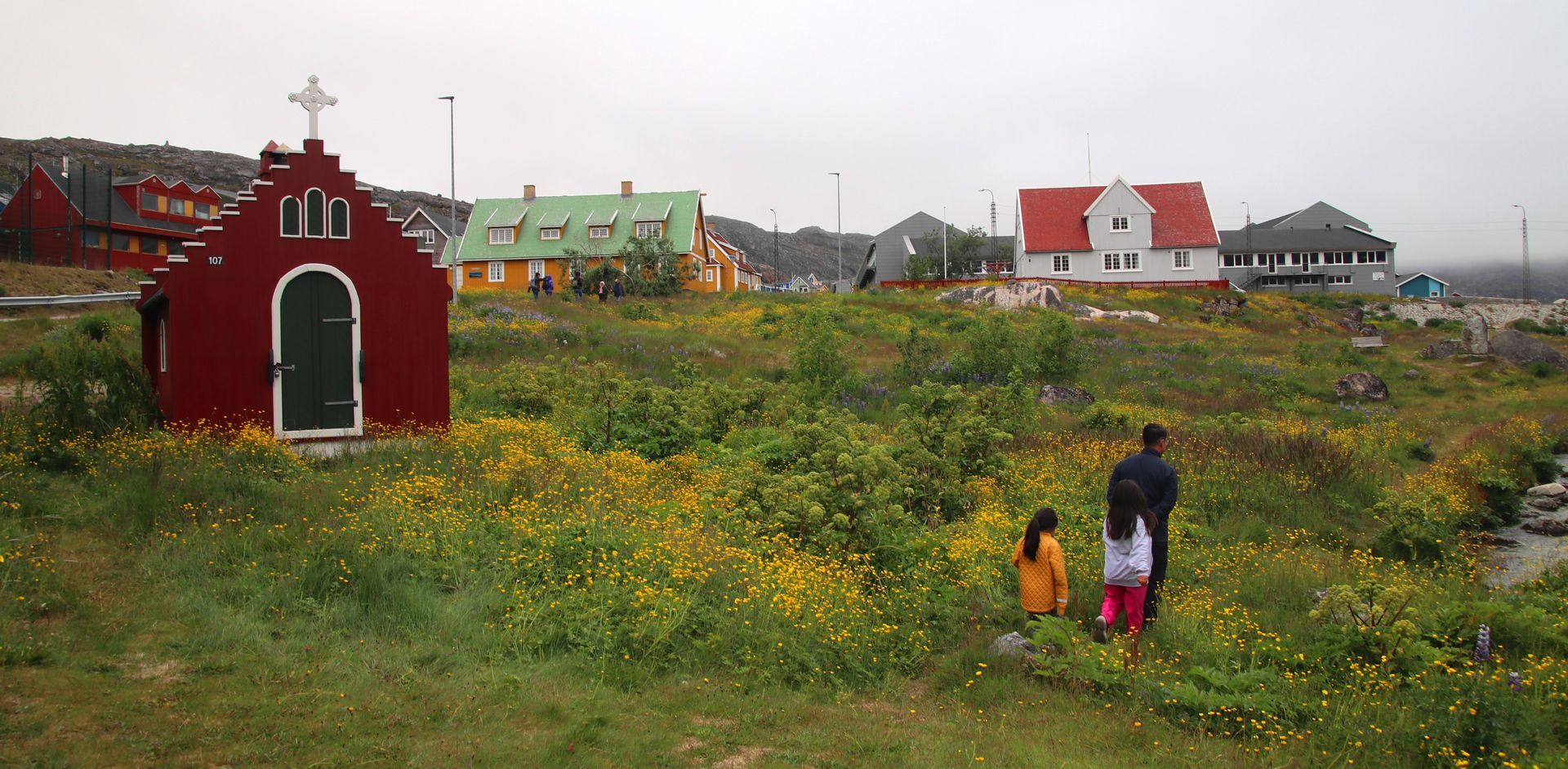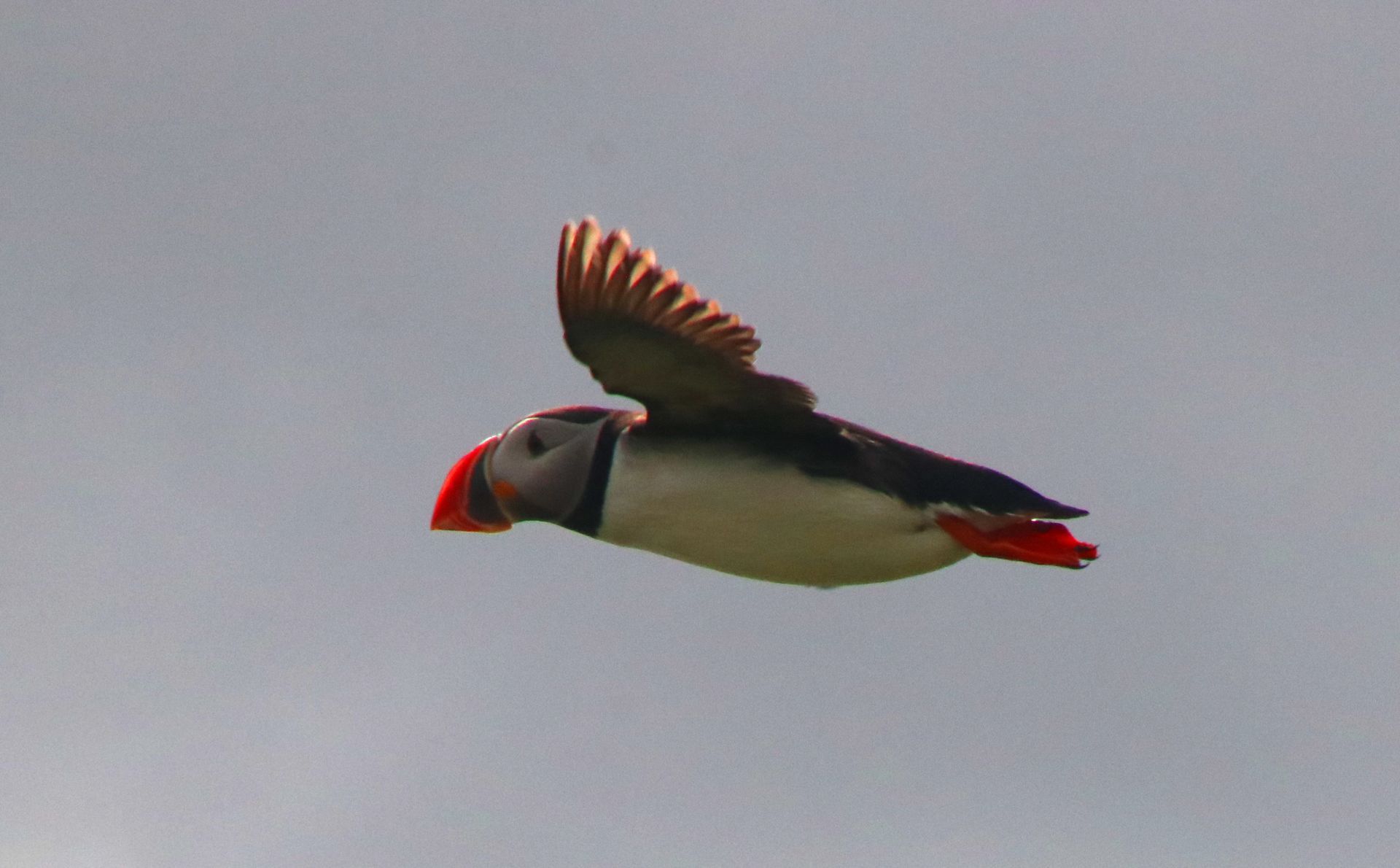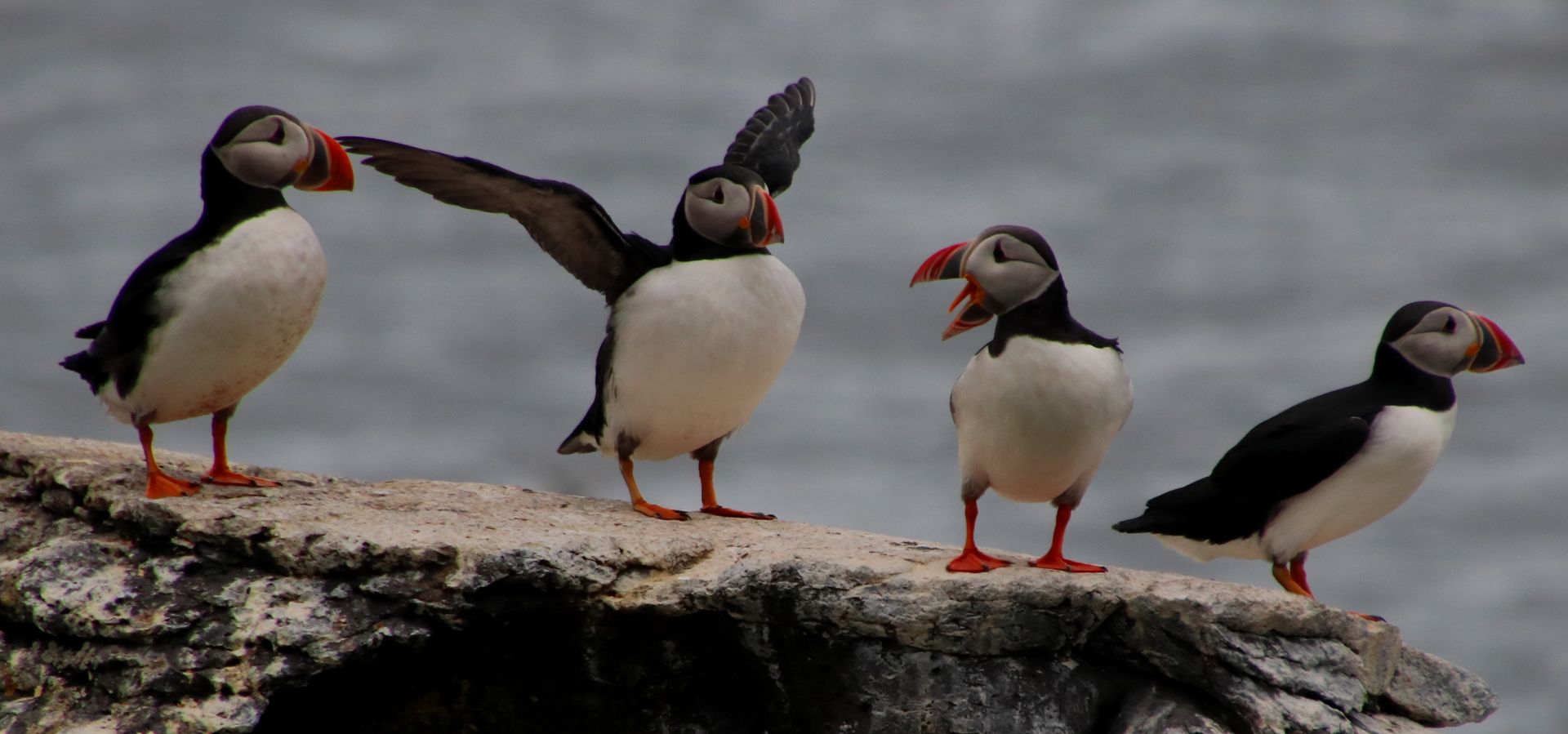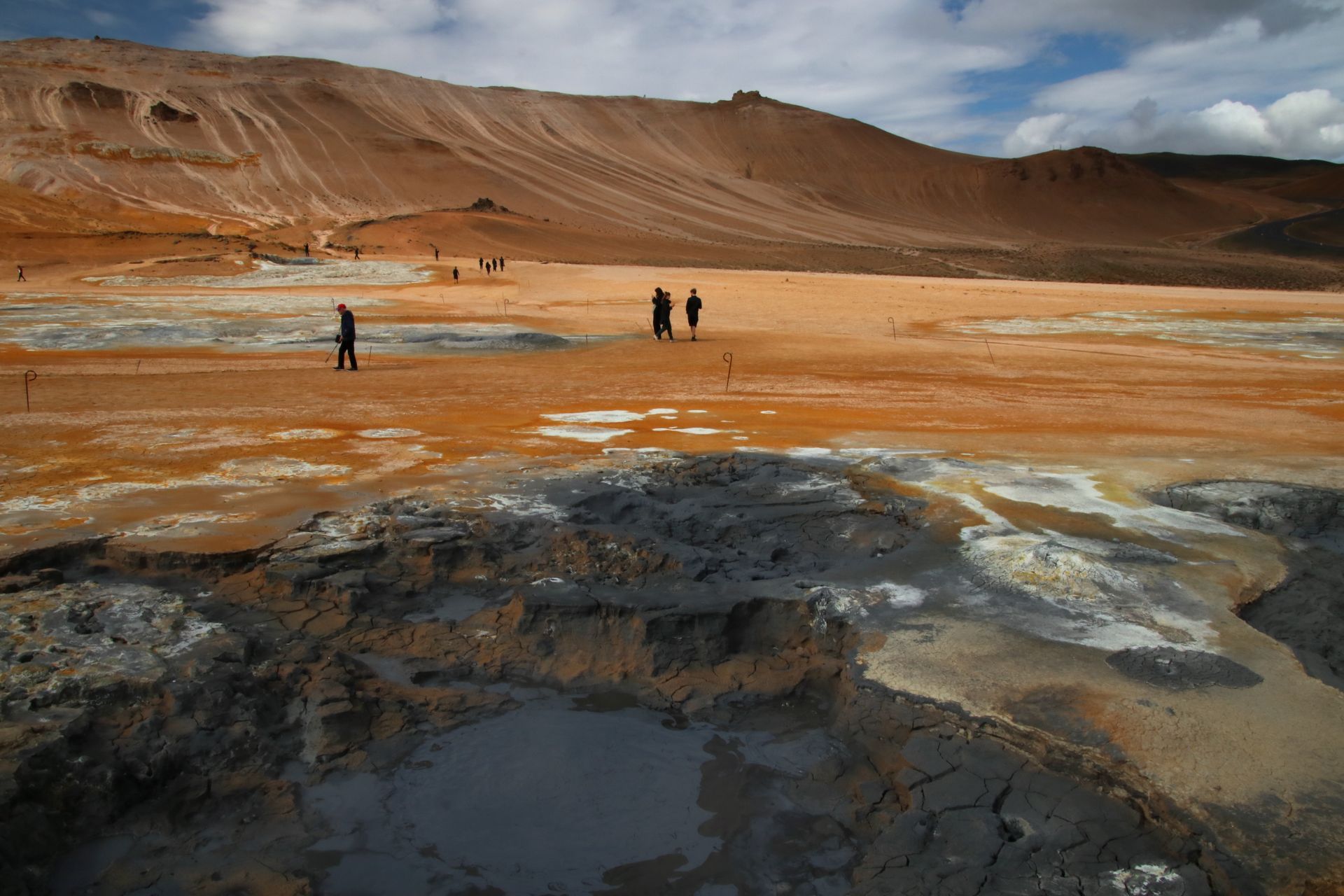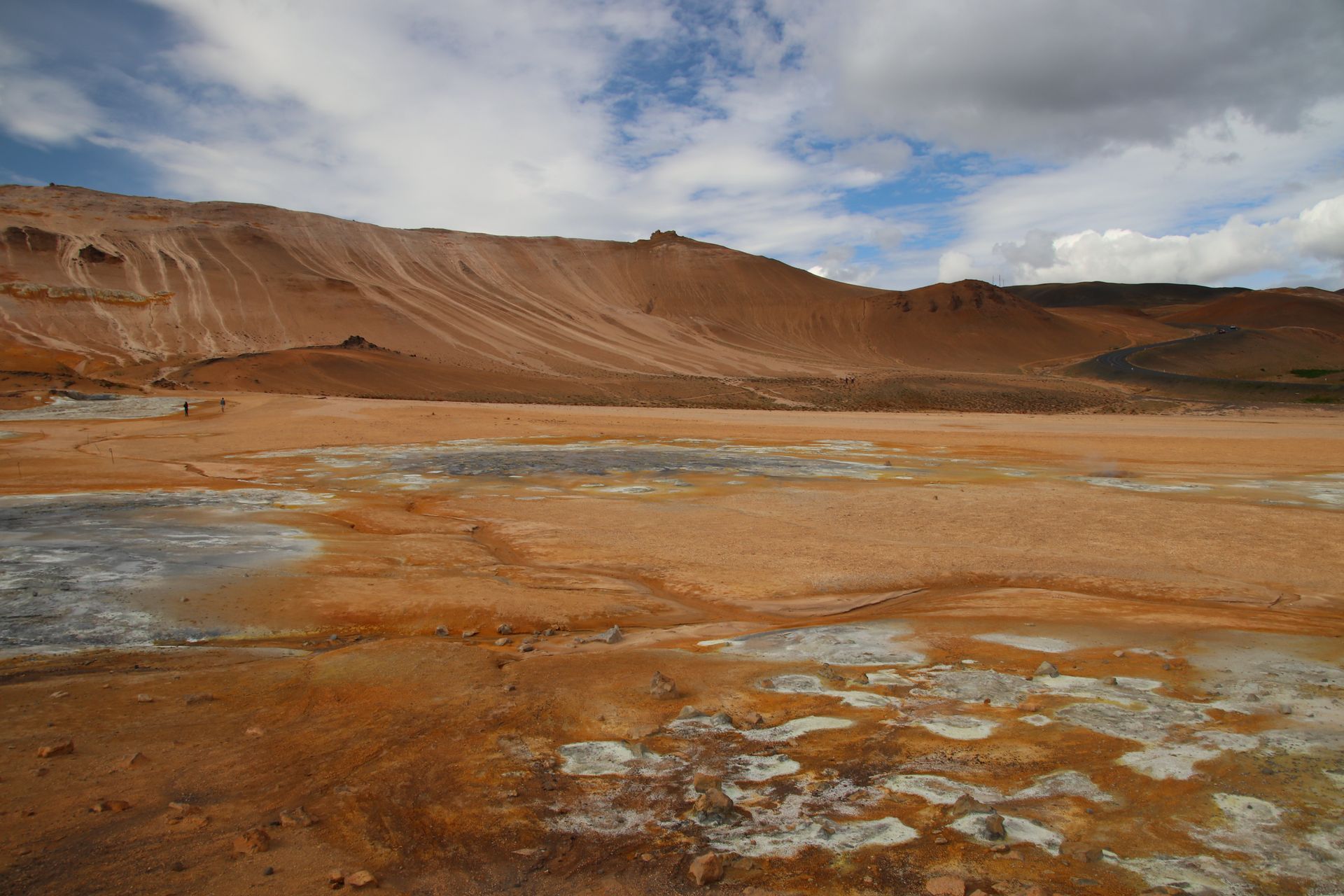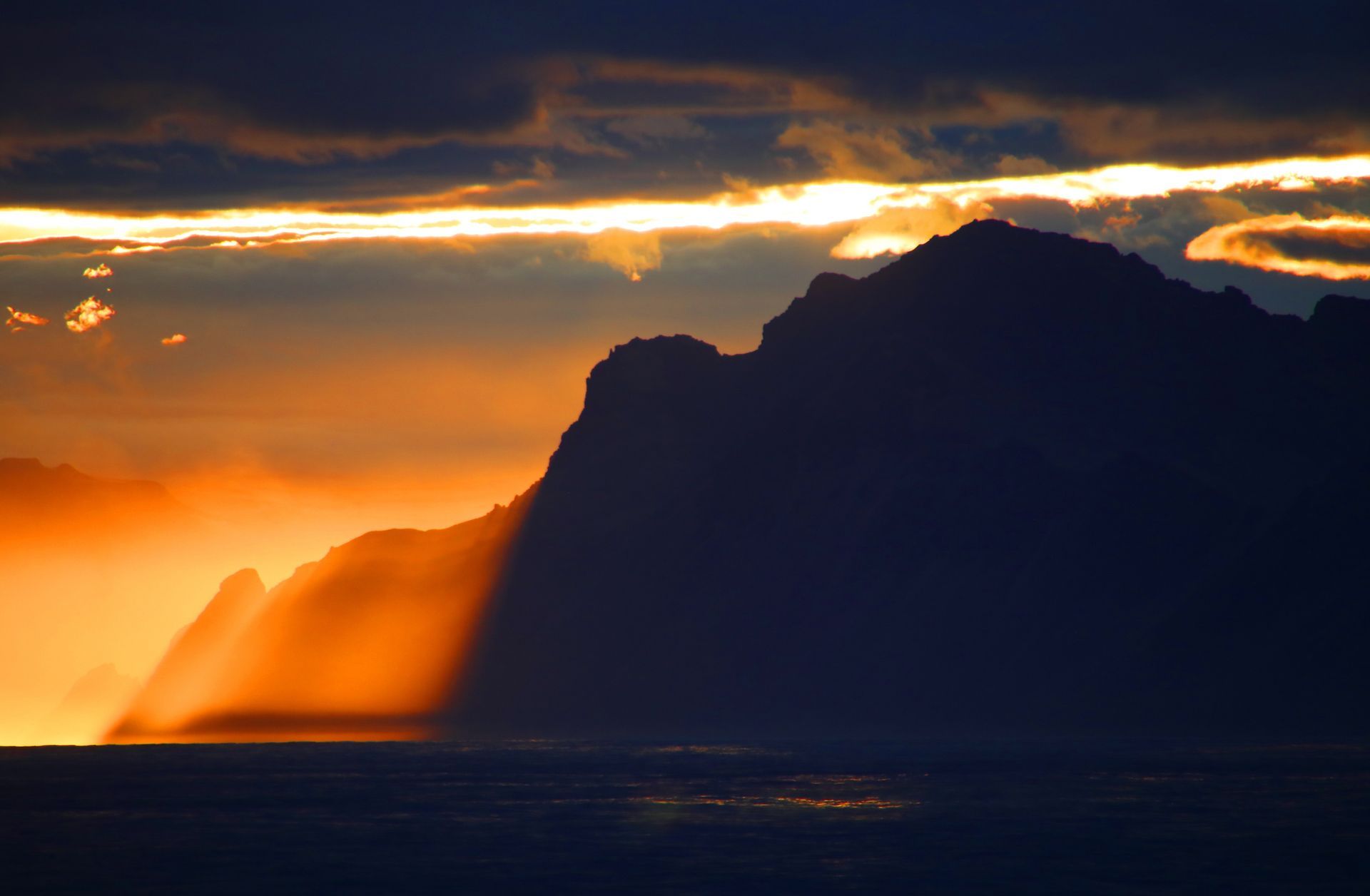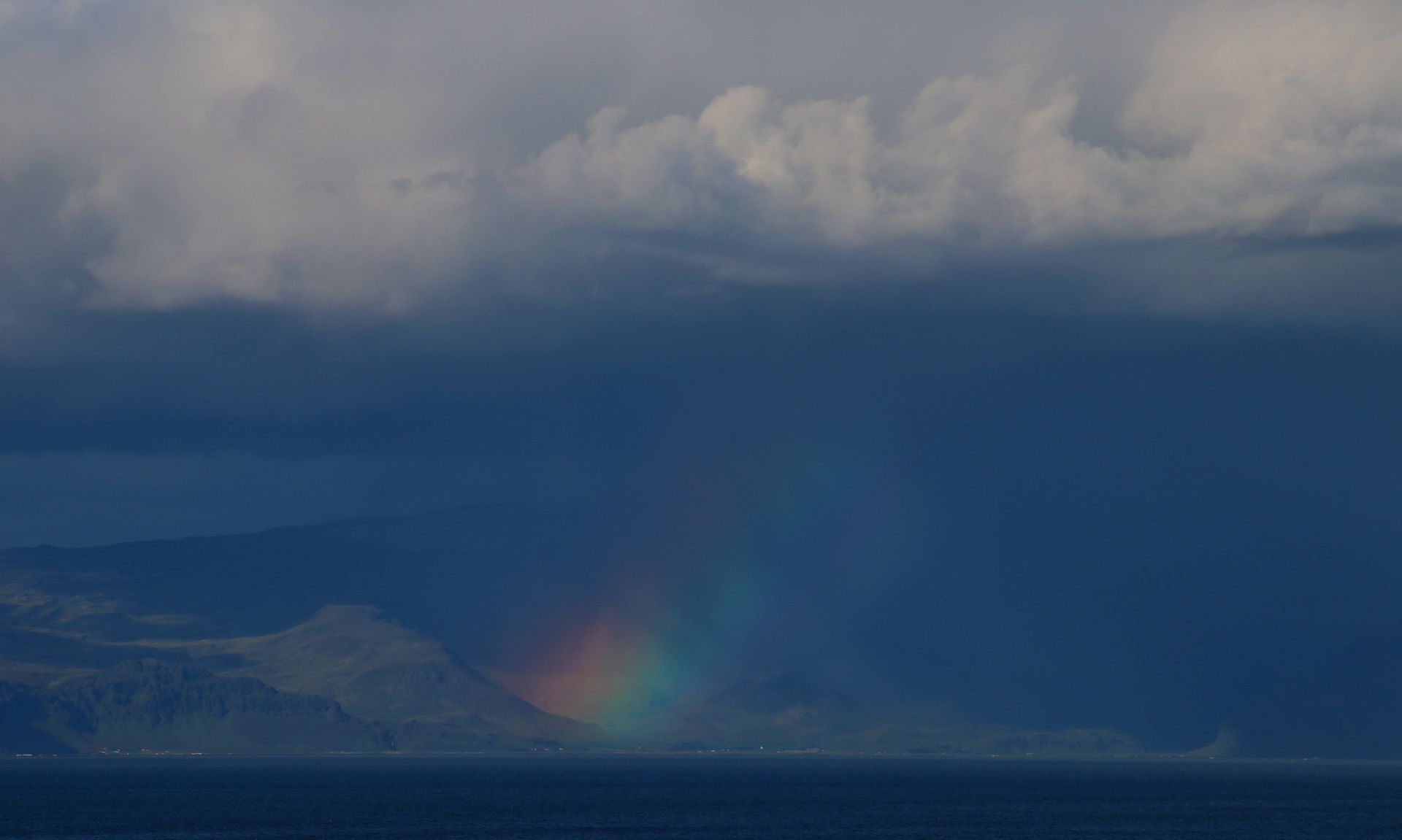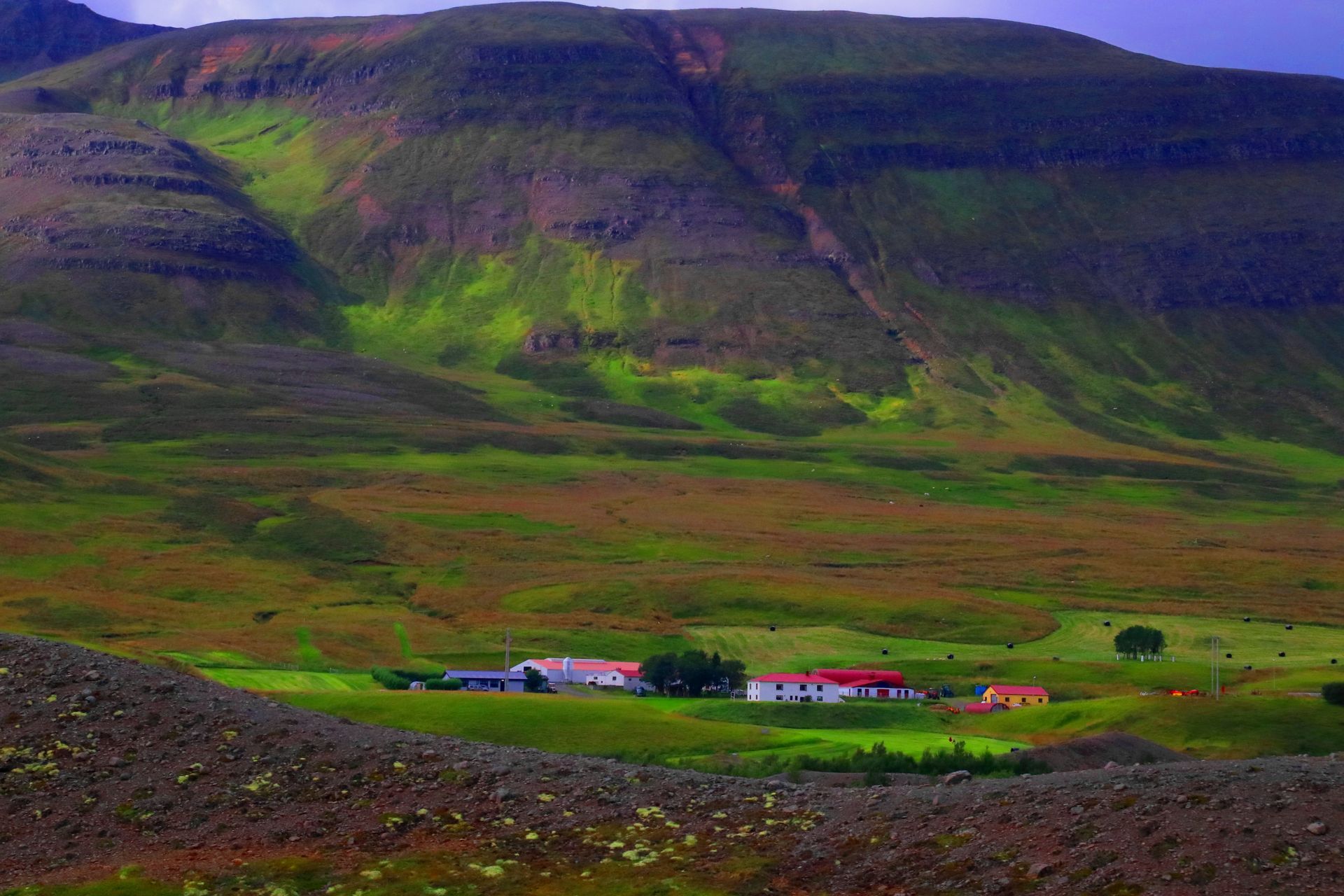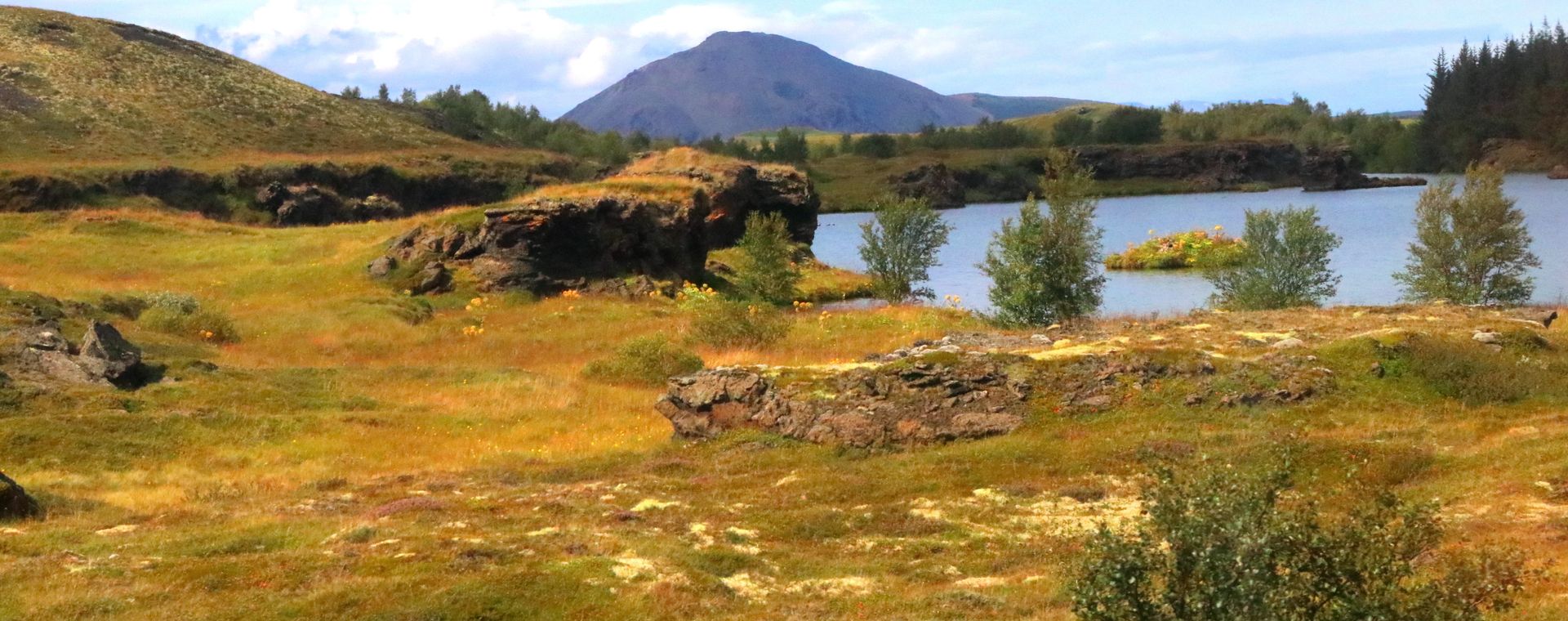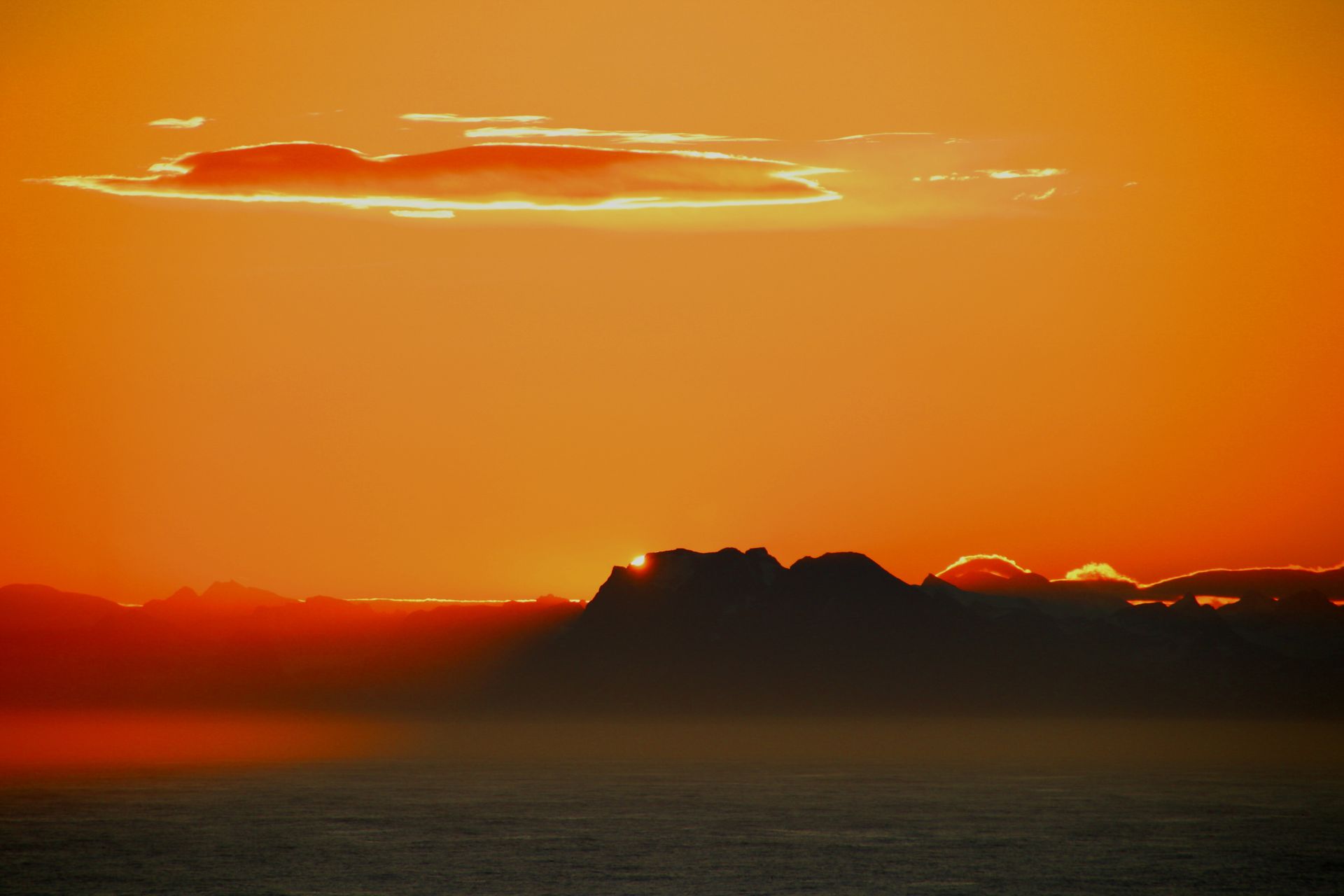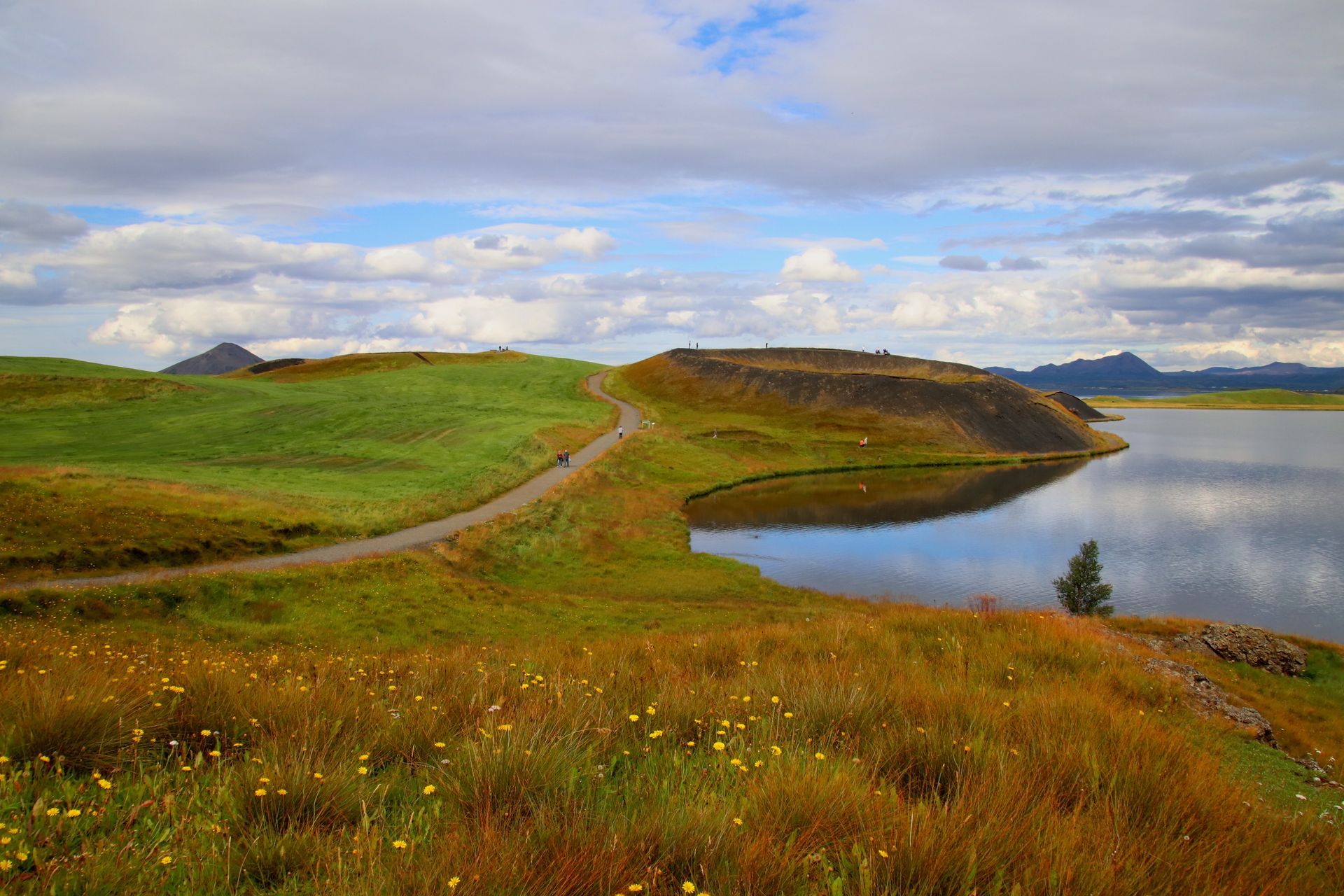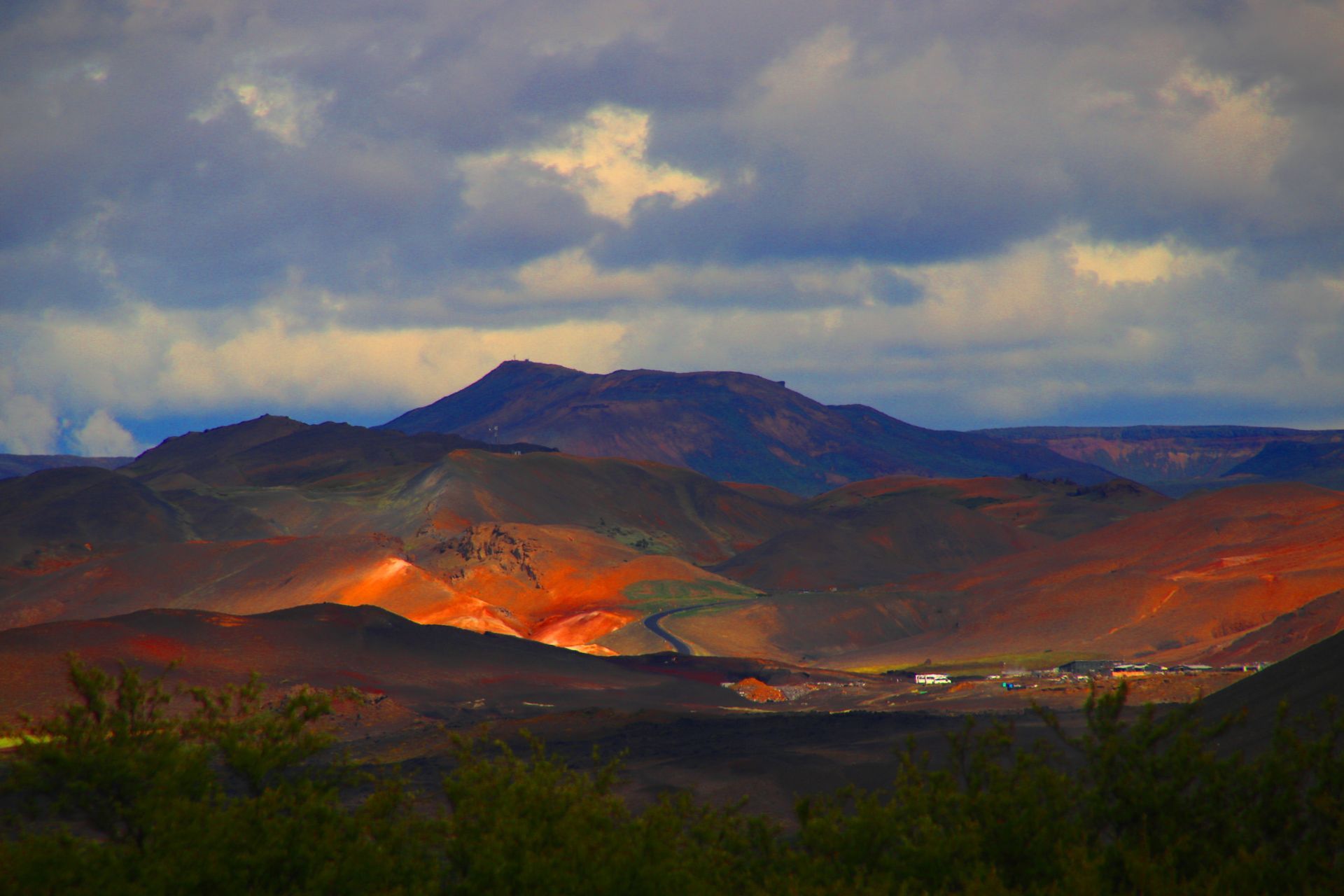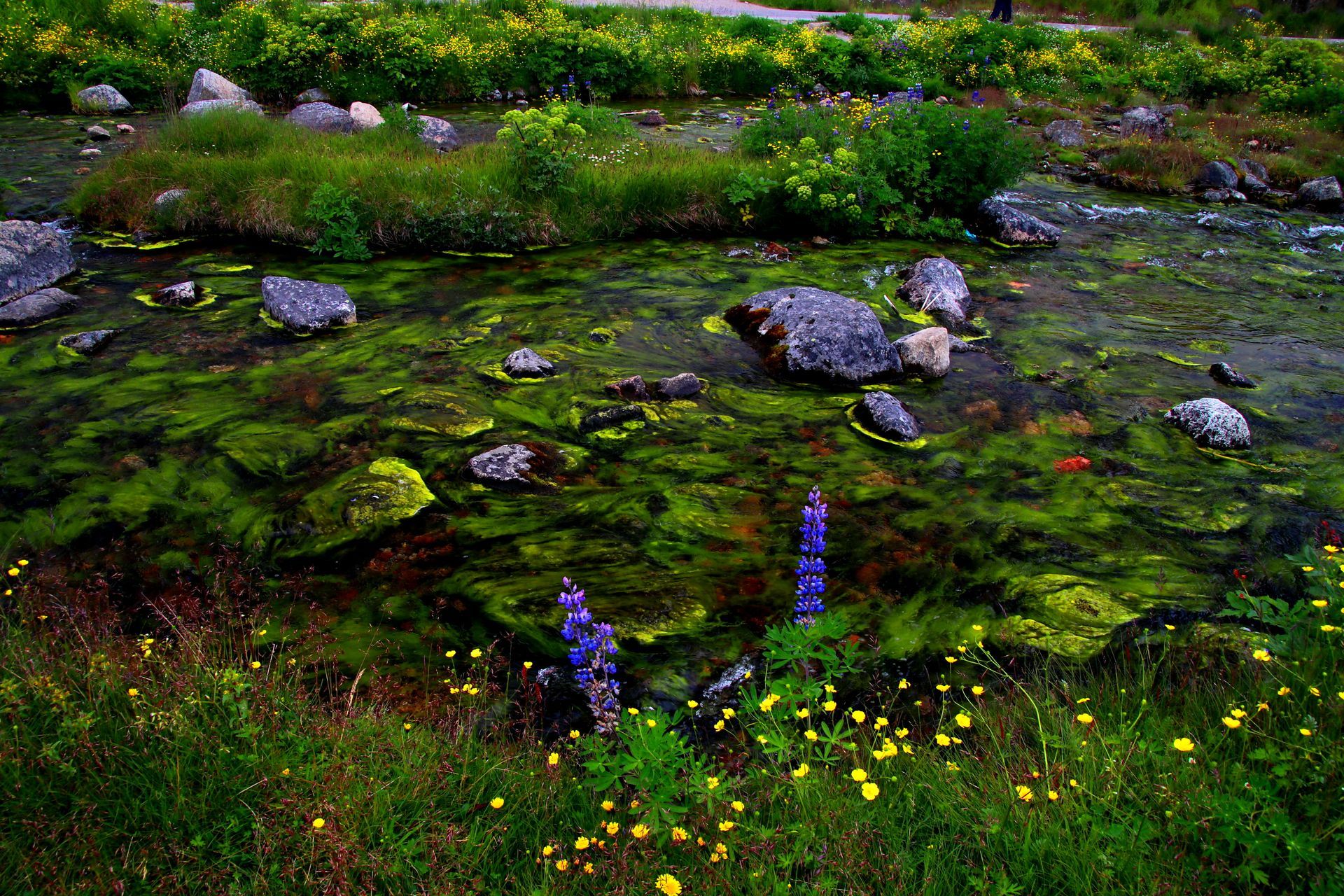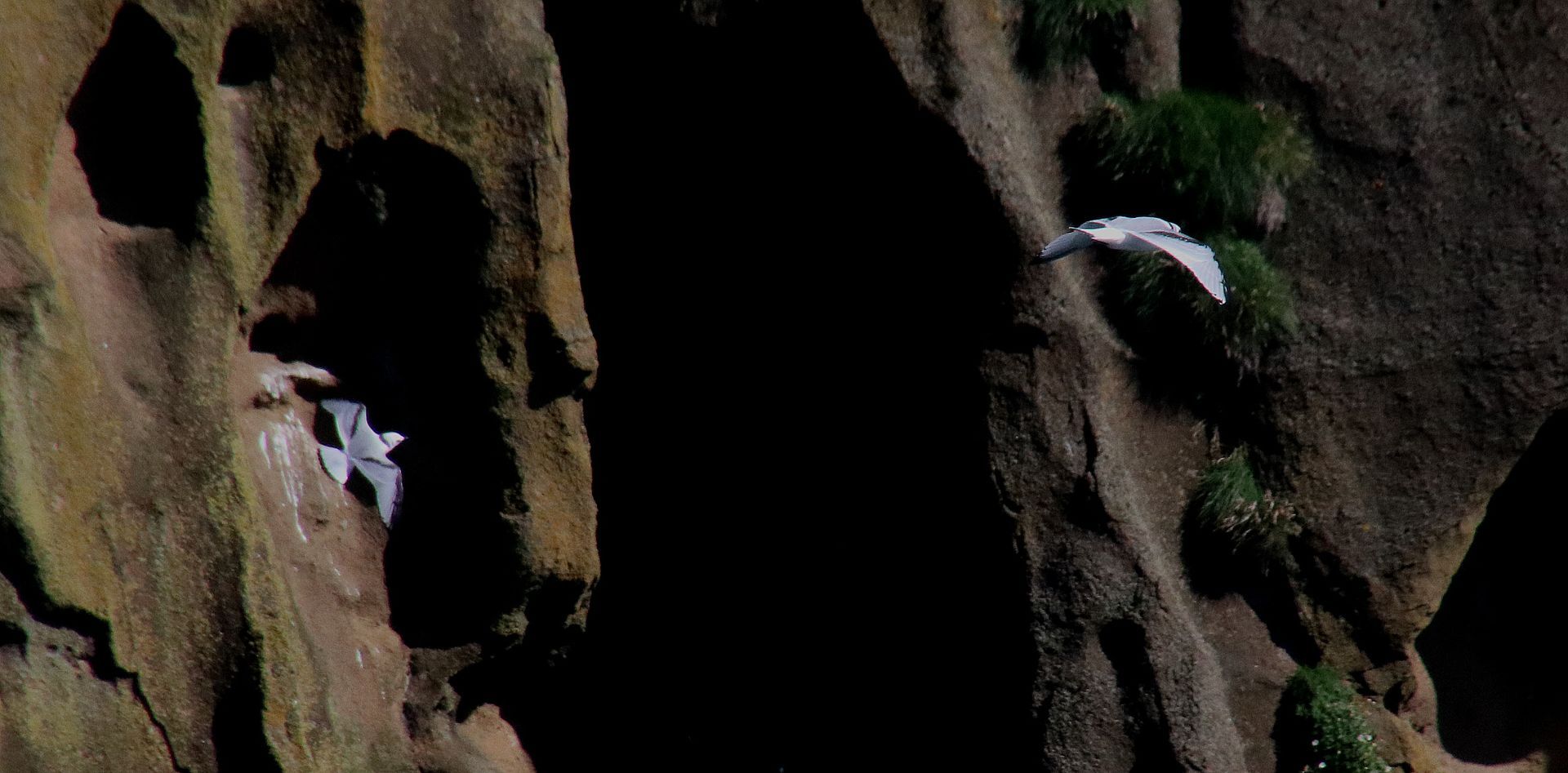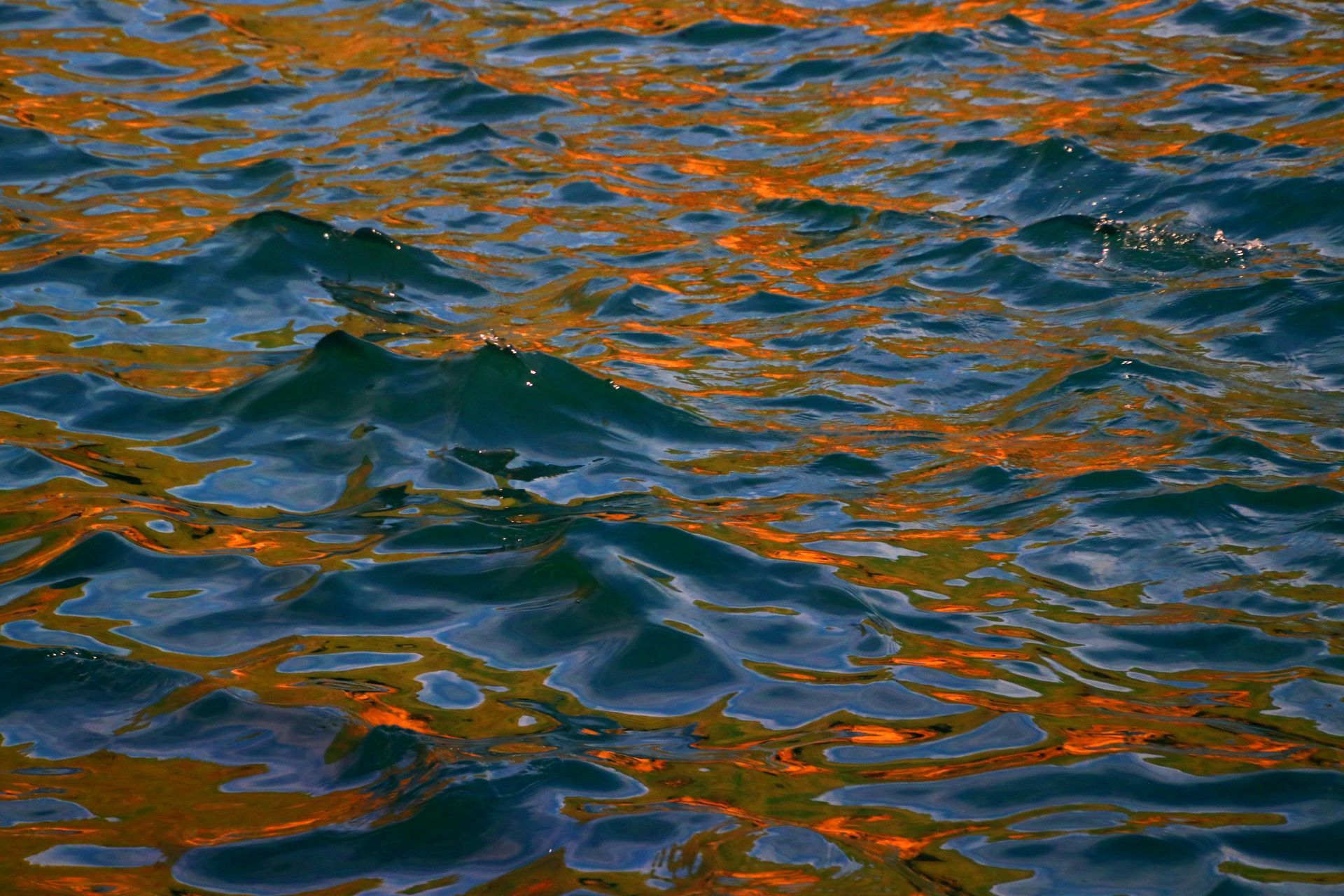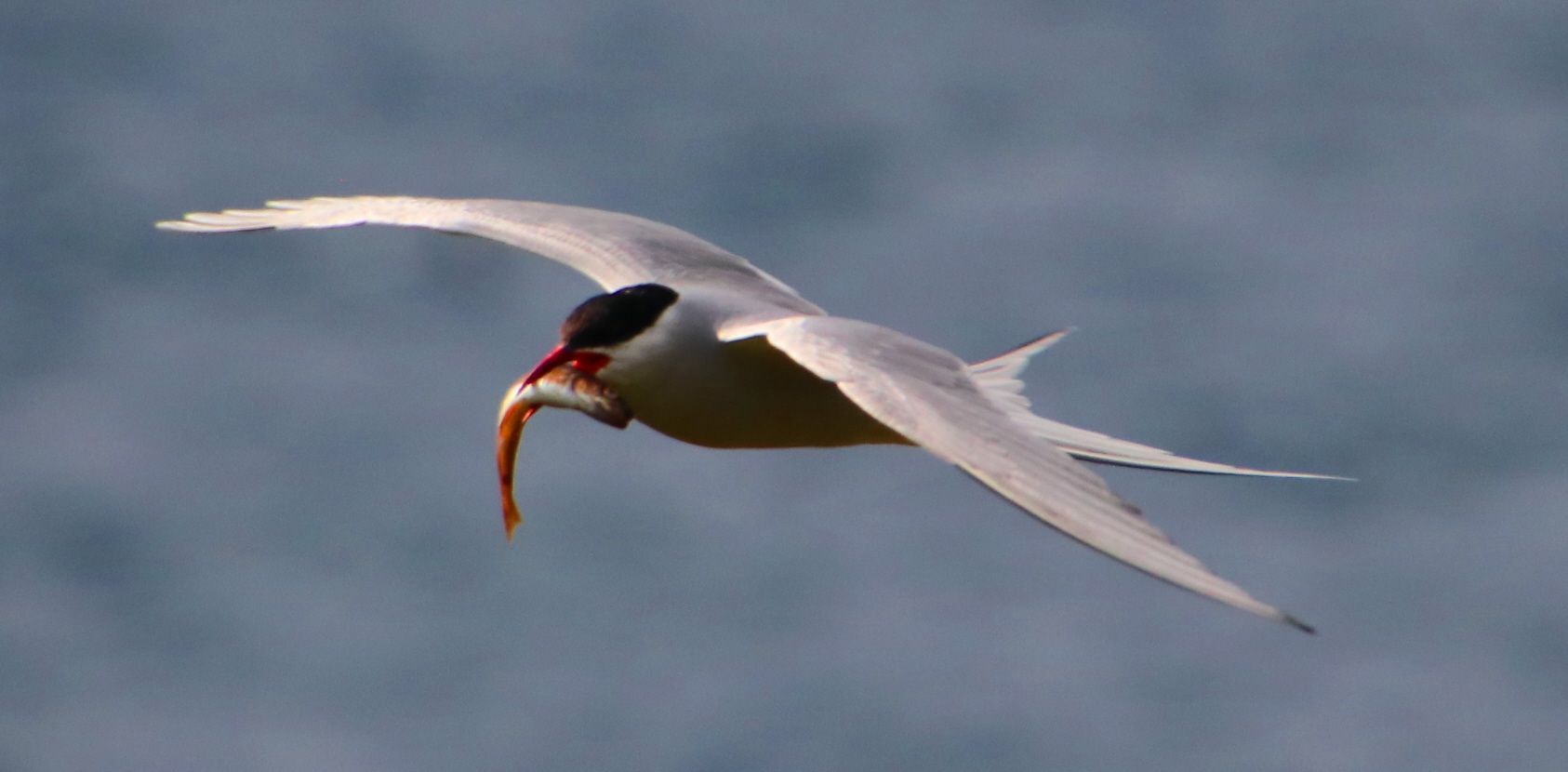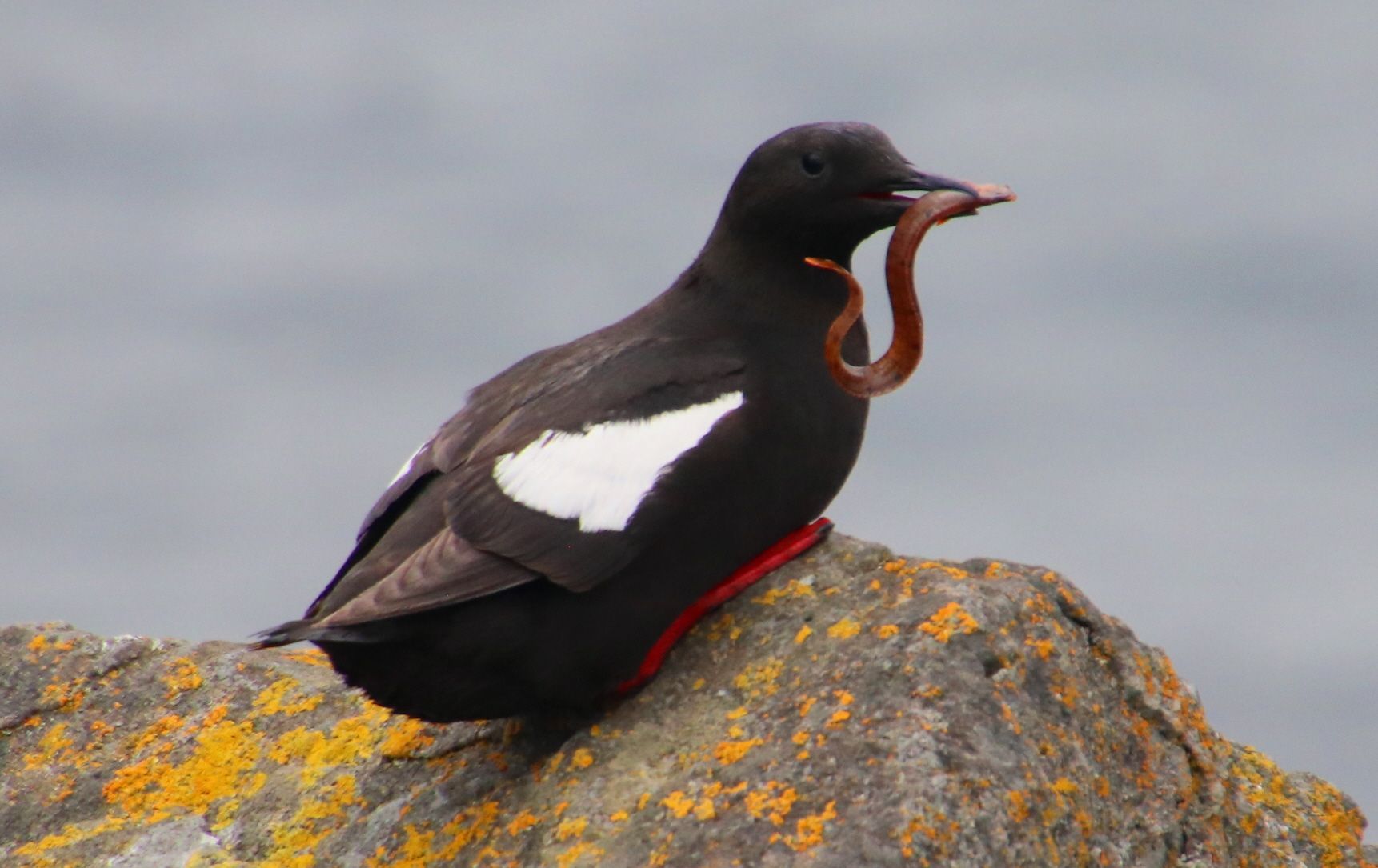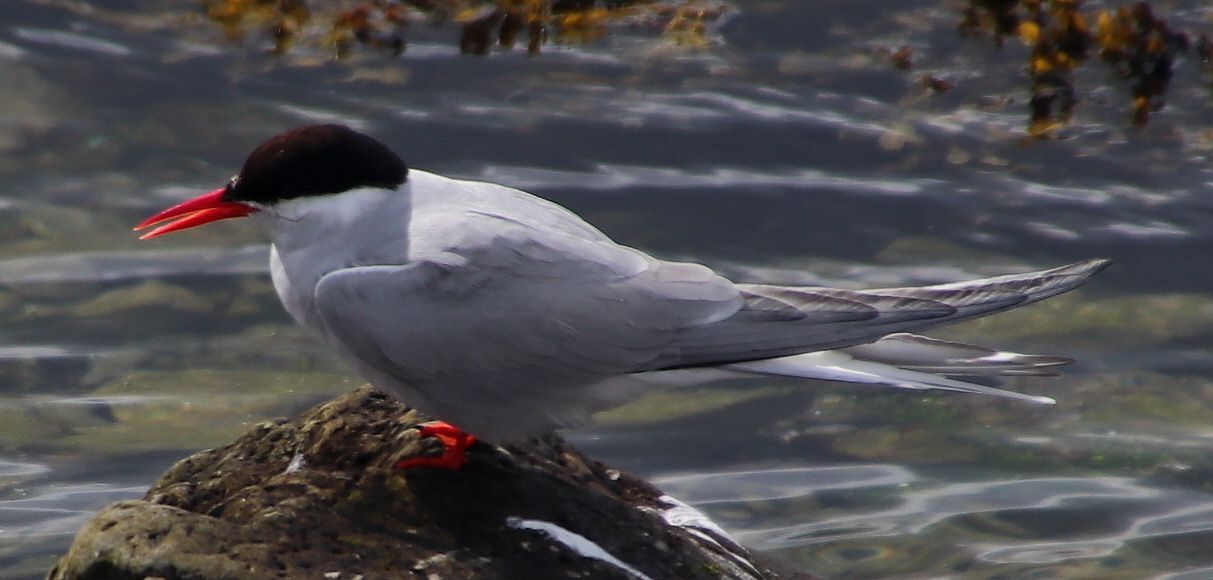Rave Review: Iceland's Majestic Landscapes with Viking

Photos Courtesy of Russ Vanderbeek
"Barb and I enjoyed Viking's Iceland's Majestic Landscapes ocean cruise in late July and early August 2025. We've participated in Viking's superb pre-cruise and post-cruise optional tours in the past, but decided this time to begin our trip in New York City for a day on our own before boarding the Viking Neptune.
The highlights of our self-walking tour were the 9/11 Memorial, The Battery (formerly known as Battery Park) with wonderful views of Ellis Island and the Statue of Liberty, and the Wall Street area. The original wall was built in the mid-1600s of dirt and 15-foot wooden planks, measuring 2,340 feet long and 9 feet tall, using the labor of both enslaved Africans and white colonists under orders from the Director General of the Dutch West India Company, Peter Stuyvesant.
The Viking Neptune is a beautiful cruise ship; the rooms are appointed with beautiful Norwegian wood in modern straight lines, and the main atrium is one of the largest and most spacious of any cruise ship we've been on.
Our first port was Halifax, Nova Scotia. (Nova Scotia means New Scotland in Latin). Hockey fans know that Pittsburgh's Sidney Crosby, Denver's Nathan MacKinnon, and Florida's Brad Marchand all grew up and learned to play hockey in Halifax. We'd visited the welcoming city on a previous cruise, so we decided to take the optional excursion to Lunenburg, voted "The Prettiest Town in Canada", and named by its original settlers in honor of King George II's hometown in Germany.
Our guide Ann wore a tartan of Nova Scotia colors; it was designed in the early 20th century by the daughter of a sheep herder whose wool business dramatically prospered when the tartans enjoyed tremendous sales. The saying "The Whole Nine Yards" came from the amount of wool necessary to create a man's tartan.
In 1995, UNESCO designated Lunenburg a World Heritage Site. UNESCO considers the town the best example of a planned British colonial settlement in North America, as it retains its original layout and appearance of the 1800s, including local wooden vernacular architecture. The historic core of the town is also a National Historic Site of Canada.
The French were the first here in 1604, naming the area Acadia. In 1755, after the expulsion of the French Acadians, the British needed to repopulate the Lunenburg area. German and Swiss Protestants were among the first settlers. Colonists from New England were also offered generous land grants as an encouragement to settle in Lunenburg.
The Smith & Rhuland shipyard in Lunenburg built many boats, including the famous and much-decorated racing schooner Bluenose in 1921. The original Bluenose sank in the Caribbean, but the Bluenose II, built from original plans, is still docked in Lunenburg and travels around North America so people can see her and learn about her racing conquests. Local fishermen wore blue gloves and rubbed their noses with their wet gloves, turning their noses blue. The "Blue Nosers" gave their name to the famous schooner. Lunenburg is also known for exporting 900,000 Christmas trees each year.
We had a couple of relaxing sea days before setting foot on Greenland. We enjoyed multiple enrichment talks by guest historians, played bag toss and trivia, and browsed books from Viking's extensive onboard libraries.
Greenland is an autonomous territory in the Kingdom of Denmark and is the world's largest island. Greenland has been inhabited at intervals over at least the last 4,500 years by circumpolar peoples whose forebears migrated there from what is now Canada. Erik the Red, who settled Greenland with his family and allies, was exiled from Iceland for manslaughter, a recurring issue in his life. He named his new home Greenland because of its dominant color and to attract other potential colonists.
The colonists did come from Iceland, settling the uninhabited southern part of Greenland beginning in the 10th century, and their descendants lived in Greenland for 400 years until disappearing in the late 15th century. The 13th century saw the arrival of the Inuit. From the late 15th century, the Portuguese attempted to find the northern route to Asia, which ultimately led to the earliest mapping of its coastline. In the 17th century, Dano-Norwegian explorers reached Greenland again, finding their earlier settlement extinct and reestablishing a permanent Scandinavian presence on the island.
When Denmark and Norway separated in 1814, Greenland was transferred from the Norwegian to the Danish crown. The 1953 Constitution of Denmark ended Greenland's status as a colony, integrating it fully into the Danish state. In the 1979 Greenlandic home rule referendum, Denmark granted home rule to Greenland. In the 2008 Greenlandic self-government referendum, Greenlanders voted for the Self-Government Act, which transferred more power from the Danish government to the local government.
We sailed up the Julianehab Bugt, an inlet in the larger Davis Strait which branches off the Labrador Sea, to visit Qaqortoq. With a population of 3,050 in 2020, it is the most populous town in southern Greenland and the fourth or fifth-largest town on the island. The area around Qaqortoq has been inhabited since prehistoric times. The most prominent Norse ruins in Greenland are located 12 miles northeast of Qaqortoq.
Barb and I explored the quaint, very colorful town on our own. We walked to the town's historical center, where we came upon Greenland's oldest fountain, Mindebrønden, and several of the pieces that make up the open-air "Stone and Man" exhibition instigated by Aka Høegh. This sculpture project was initiated by the Greenlandic artist in the mid-1990s; she invited artists from all of the Nordic countries to contribute to the permanent exhibition. The result is 40 rock sculptures carved into the many rock facades around the town.
Qaqortoq Museum hosts, in Qaqortoq's oldest building, a display of unique tupilaks created by master carvers, Aron and Cecilie Kleist. These stunning pieces of art are widely regarded as some of the best in all of Greenland, and originals can be purchased. We strolled the pedestrian path to the beautiful Gertrud Rask church. The town is laid out like a Roman coliseum, with gravel and paved roads progressively ascending from the harbor. And beautiful wildflowers are everywhere! I continued up for wonderful views of the harbor. The locals are nice but shy. A couple of fishermen were cleaning their recent catch, and one was cutting up the meat of a reindeer.
The next day, we anchored off Nanortalik, the eleventh-largest town in Greenland. The name Nanortalik means "Place of Polar Bears" or "Place Where the Polar Bears Go" (from Greenlandic: nanoq). It is the southernmost town in Greenland with a population of slightly more than 1,000 people. Because of its location, this area was one of the first parts of Greenland settled by the Norse and one of the last settled by the Inuit. The town was founded in 1770 as Nennortalik. In 1797, a permanent trading depot was set up in Nanortalik by traders from Qaqortoq.
Nanortalik is home to the most comprehensive local museum in the country and some of Greenland's very few forests. The area around the old colonial port of Nanortalik is almost unchanged from when it was built and presents an authentic and well-preserved experience of a 19th-century Greenlandic settlement. Ten of its buildings now operate as showrooms for the Nanortalik museum, with exhibitions ranging from traditional seal fat production, healthcare and medicinal plants, Viking clothing, traditional vessels like the kayak and umiaq, and the famous shipwreck MS Hans Hedtoft, which disappeared into thin air. Nanortalik is also the gateway to the spectacular Tasermiut Fjord and the sheer mountains that tower over Klosterdalen (Monastery Valley).
We had a nice stroll along the small town's waterfront, which was bustling with activity among the locals. I bought a postcard from a Danish 20-something who is spending the summer in Nanortalik. Friendly middle- and high-school girls sat on an old wagon asking for donations for their schools, and a number of men strummed on their guitars; one old man kept playing the same recorded tune on his player-keyboard. We stopped for some beers at the local tavern we'd visited earlier. The lagers we enjoyed are brewed at Qajaq Brewery in Narsaq, just north of Qaqortoq.
A tender boat brought us back to the Viking Neptune, and the ship soon departed for Prince Christian Sound. The Prince Christian Sound (Greenlandic: Ikerasassuaq; Danish: Prins Christians Sund) is a waterway in Southern Greenland, located due east of Nanortalik. The name was given in honor of the prince, later King Christian VIII of Denmark (1839 - 1848). The other inland sound comparable in spectacular beauty we've seen on our extensive travels is Milford Sound on the southwest coast of New Zealand's South Island. We spent from 4:00 - 8:45 in this picturesque inlet sound. During dinner, from our window seat, we saw a pod of whales spout very close to our ship.
On to Ísafjörður, Iceland! At about 6:00 in the evening, we cruised near where the Bismarck sank. The WWII battle involving the German battleship Bismarck included a series of naval engagements with British warships, which culminated in its sinking in May 1941.
The next morning, we had our first view of Iceland's northwest coast. I counted 16 immense plateau mountains, all appearing to rise out of the ocean and elbowing each other for space. We entered the Ísafjarðardjúp fjord and arrived at the port in Ísafjörður at 12:30 pm.
Ísafjörður means ice fjord or literally fjord of ice, and is a small village in the northwest of Iceland. The first settlers from Norway came in the 9th century. Witch trials were common in the 16th century, and many people were banished to the nearby peninsula of Hornstrandir, now a national nature reserve. Some of the oldest timber frame houses in Iceland are found here. Very few trees remain because most were felled to build houses and boats. The lush green countryside reminds me of Scotland and Ireland. Ísafjörður is well known in Iceland and certain parts of the world for its Aldrei fór ég suður Music Festival, its Við Djúpið Music Festival, its Fossavatnsgangan cross-country skiing competition, and its European Swamp soccer Championships. Yes, swamp soccer!
We took a scenic 30-minute boat ride to Vigur Island and, once on the island, enjoyed getting close to rare Arctic birdlife, including puffins, terns, black guillemot, and the eider, which nest all over the island. After sightseeing and birdwatching, we relaxed with some traditional Icelandic coffee and Hjónabandssæla, a special generations-old Vigur treat. The smallest post office in Europe was just around the corner from the coffee shop. On the return boat ride to Ísafjörður, we witnessed a beautiful rainbow over one of the fjord's towering mountains.
After our return to Ísafjörður, we walked around the quiet little town. The streets were very quiet, most store owners having just recently closed up shop. A few local couples were strolling hand-in-hand, a young girl was jumping rope, and rollerbladers and skiers on wheels were enjoying their popular pastimes on the streets.
We enjoyed another "Munch Moments" in the Atrium with a glass of wine. Most evenings from 6:00 to 6:45, a Bass/Violin duo played music as huge color pictures of Norwegian Edvard Munch's (1863 - 1944) artworks, including "The Scream," graced the big screen in the Atrium. During dinner in The Restaurant, one of Viking's three specialty restaurants, we saw a number of whales from our window seat table.
We arrived in Akureyri the next morning. Nicknamed the "Capital of the North," Akureyri is set at the end of the Eyjafjörður, at 32 miles, the longest fjord in Iceland, and faces towering mountains. Many of the mountains that surround the fjord are flat-topped because during the Ice Age, the ice was so heavy that it flattened out the tops. The city was founded by the Viking Helgi Magri Hrólfsson in the 9th century and developed in the 17th century as a Danish trading post. The mild climate, unusual for a northern city just 62 miles from the Arctic Circle, further contributed to Akureyri's growth as an agricultural center and as an ice-free port.
Folk culture is robust in Akureyri; the Vefarinn dance was invented here to celebrate the harvest. Other points of pride include the Public Park and Botanical Garden, where some 2,000 plant species grow, and the hilltop Akureyrarkirkja, the local church, which is home to a stained-glass window from Coventry Cathedral in England.
We took a full-day tour out into the countryside to view the absolutely stunning landscape and natural treasures of northern Iceland. Our luxury motor coach started along the coast of the Eyjafjörður fjord, offering panoramic views of the immense mountains and the town behind us. We saw many sheep from which the Icelandic Sweater is made, and milk cows that remain indoors during the winter. They are giddy when they are allowed back outside during the short Spring and Summer months.
We continued through the Fnjóskadalur Valley to the majestic Goðafoss waterfall, named after a pagan priest and chieftain who threw the statues of pagan gods he once worshipped into the water basin below the waterfall after he converted to Christianity in the year 1000, when he felt certain that the Armageddon prognosticated for the year would be avoided. Traveling through fairytale countryside, our next stop was the Mývatn volcanic lake area to view the "pseudocraters" at Skútustaðir. Just as spectacularly unique were the towering lava castles and grottoes of the Dimmuborgir lava labyrinth. At Námaskarð, we experienced the geothermal wonder of hot sulfuric mud springs and gurgling sulfur cauldrons.
On the return ride back to the Viking Neptune, we learned from our guide that there are 13 Santa Clauses in Iceland. Children put their shoes in the windows to encourage Santa to leave gifts. Books are the most popular presents. Since there are only four to five hours of sunlight during the winter months, the ski slopes are equipped with lights.
We docked at Seyðisfjörður the next morning. Seyðisfjörður is a town in the Eastern Region of Iceland at the innermost point of the fjord of the same name. It was settled by Norwegian fishermen and merchants in 1848. Seyðisfjörður hosted the world's first whaling station. The town is famous for its vibrant community of local artists, galleries, and cultural events. Colorful wooden homes adorn the streets at the base of immensely picturesque slopes, including the summits of Mounts Bjólfur and Strandartindur.
We enjoyed a nice walking tour of the quaint little town of 600 people; it reminded us of Grand Marais, Minnesota, also settled by those of Norwegian stock. We learned that American GIs were stationed here after WWII and lived in tents out in the bitter cold before structures were built to house them in more comfortable environments. Unfortunately, many left never getting to know their girlfriends and offspring. They did bring with them a lot of knowledge, though, which helped the locals modernize their surroundings.
The Blue Church on Rainbow Street is the most photographed church in Iceland. After our walk, we settled into their small entertainment and art center and had a front row seat for a concert performed by a male guitarist and an accompanying female singer. She, who was born here, had a bit part in the Aquaman movie, she's performed in Nashville, and played for us a guitar he recently bought there! Indeed, it truly is a small world.
Djúpivogur was our next port. The tiny, picturesque village is located on a peninsula in the Austurland region in eastern Iceland on the fjord Berufjörður. It has been a trading center since the early 16th century. The village is presided over by the towering pyramid-shaped Búlandstindur. Djúpivogur is home to Langabud, one of Iceland's oldest commercial buildings, dating back to 1790. Langabud served many purposes, including as a warehouse and slaughterhouse. Today, it is home to a café, the heritage museum, and an exhibition featuring works by the Icelandic sculptor Ríkarður Jónsson, who was a resident of the village.
By the early nineteenth century, Djúpivogur was a tiny port known as a Danish colonial trading base. Hans Jonatan, who had been a slave in Copenhagen, escaped and settled here, becoming one of Iceland's first people of color. Barb participated in a "cultural tour". I participated in a two-hour walk in the beautiful countryside surrounding the village. Afterward, we enjoyed the local beer Beljandi. A spectacularly historic town!
We anchored off Heimaey Island, part of the Westman Islands archipelago, the next morning. An archaeological excavation in 1971 of ancient ruins in Herjólfsdalur revealed that the first settlement occurred in the 9th century. It is the only populated island (population: 6,500) in the Westman Islands. In 1627, three Arab pirate ships from the Ottoman-controlled Barbary Coast raided several villages along the south coast of Iceland, including Djúpivogur, and outlying islands, including Heimaey.
Guðríður Símonardóttir, also known as Tyrkja-Gudda (Turkish-Gudda), was taken by the pirates from her home at Stakkagerdi on Heimaey to a slave market in Algeria. She was eventually ransomed back to Denmark by King Christian IV of Denmark. Many others taken by the pirates decided not to return to Heimaey; they preferred the weather and employment opportunities compared to their former native land.
The scenery is stunning with its volcanic landscapes, moss-covered clifftops, and picturesque homes with brightly colored rooftops. Many breathtaking natural sights are a result of the volcanic eruption that took place here in January 1973. During the night, the 5,000 inhabitants of the island were evacuated to the mainland, mostly by fishing boats. The eruption lasted until July 3. Icelanders sprayed the lava with six million tons of cold seawater, causing some to solidify and much to be diverted, thus saving the harbor.
During the eruption, half of the town was crushed, 600 homes were buried, and Heimaey expanded in size from 4.3 square miles to 5.2 square miles. Only one man died, having made the fateful decision to remain in a drugstore in town. During our walk up and around the town, we meandered through the lava fields, taking in the wonderful panoramic view of Heimaey. We visited the museum, which featured photographs and exhibits about the eruption, and then descended into the town, passing neighborhoods of quaint little houses. We enjoyed beers at a local pub in town before returning to the Viking Neptune at 2:00 pm.
I stood outside on the ship's top deck to photograph the birds flying among the sheer cliffs. Each summer, puffins and hundreds of other bird species migrate here to feed and breed. Our memorable cruise ended in Iceland's capital, Reykjavik, where Viking provided several optional excursions for those passengers remaining on board and continuing to Norway."
Interested in taking your own Viking Ocean cruise? Contact Cathy Robinson or another one of our knowledgeable travel advisors below!

Share










